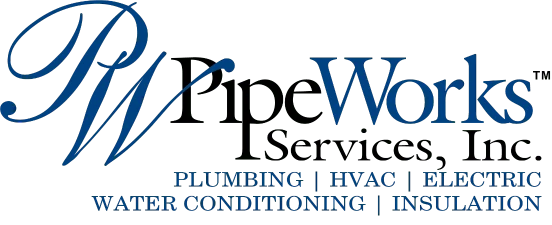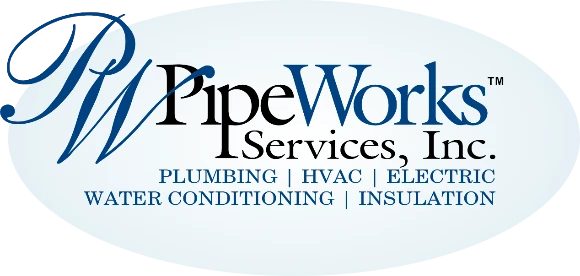Spring is a time for renewal, so even as it comes to a close, take some time to make changes in your home that will add up to energy savings. In particular, checking and renewing insulation levels, both now and around the year, will improve comfort and maintain the energy efficiency of your home. When checking a home’s attic, keep in mind the following tips for knowing when to add more insulation.
Adding Insulation
The best way to know if you need to add more insulation to your attic space is to see for yourself. Look across the span of the space for insulation levels; if you can easily see the floor joists and the insulation is only just level with them, add insulation. On the other hand, if the insulation levels are blocking your view of the floor joists, more insulation is not necessary. In addition, be sure that insulation is evenly distributed and that there is enough throughout the space, from the middle to the edges along the eaves. You can use this process no matter the type of insulation in your attic.
Choosing Insulation
When deciding what kind of insulation to use, pay attention to the R-Value, which measures its ability to resist thermal change. Higher R-Value insulation will perform better, but most attics will be well-insulated by R-38 insulation, or about 10-14 inches based on the variety. If only adding insulation to maintain appropriate levels, you can use a different type; consider using a loose fill on top of fiberglass blankets or batts, or vice versa, as long as the batt has no backing and is unfaced. In that case, be sure to contact your HVAC professional, who will be able to use a blowing machine to apply the loose fill.
For more help in deciding when to add more insulation to your home, get in touch with Pipe Works Services today. We have been serving local businesses and residents since 2000, and it is our passion to help you maintain the comfort of your Northern New Jersey home.




